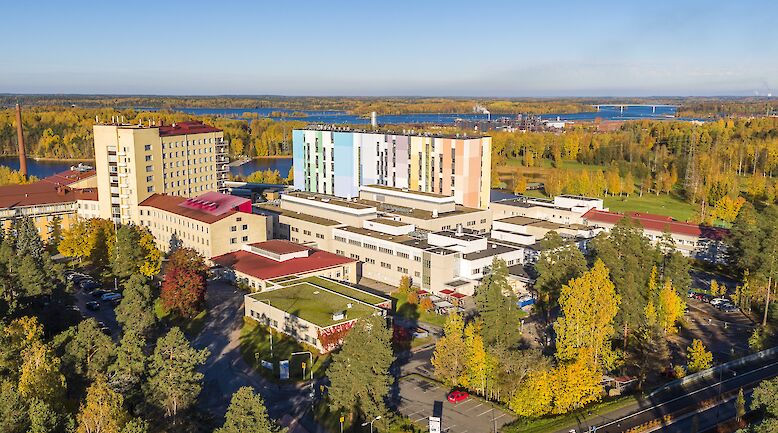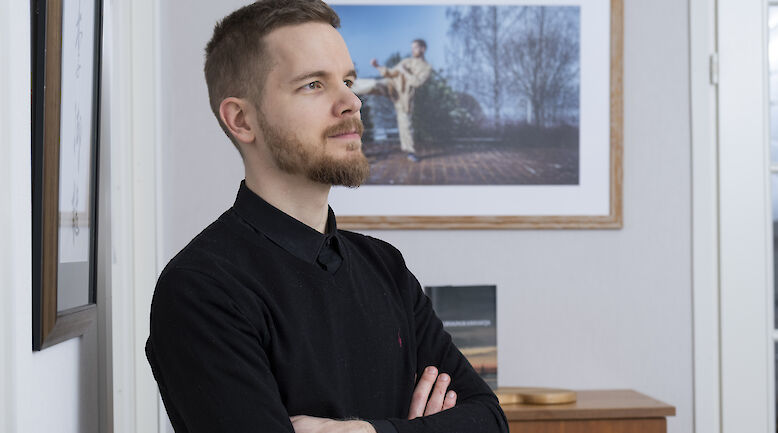English summary: THE USE OF JUSTIFIED DIAGNOSTIC IMAGING METHODS IN YOUNG PATIENTS

Background
The doses of radiation from computed tomography (CT) are relatively high, yet CT is being increasingly utilized. Since the radiation-induced lifetime risk of cancer mortality is higher at younger age, we wanted to find out whether or not previous CT examinations performed in young patients had been justified.
Methods
We used electronic patient files, the referral criteria for imaging recommended by the European Commission and certain principles of classification for retrospective analysis of CT examinations performed in patients aged under 35 years. Our aim was to find out whether these examinations had been justified, and if not, whether there would have been some other, more justifiable imaging method available. The examinations analysed were CT of the head (50), spine (57), abdomen (20), nasal sinuses (20) and trauma (20). Images falling in these categories were extracted from the electronic patient files of our hospital from the beginning of the year 2005.
Results
Fifteen of the CT scans of the lumbar spine (15/20), 18 of the head (18/50), seven of the abdomen (7/20), four of the nasal sinuses (4/20) and three of the thoracic spine (3/17) appeared to be unjustified. Most of these unjustified examinations could have been replaced by magnetic resonance imaging.
Conclusions
A high percentage of CT examinations performed in young patients are not justified, which causes excessive exposure to radiation. The justification for CT scanning and the possibility of using some other method should be carefully considered by both the referring practitioner and the person responsible for the examination.












